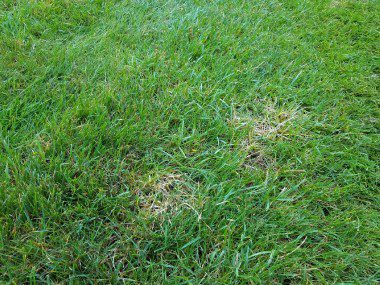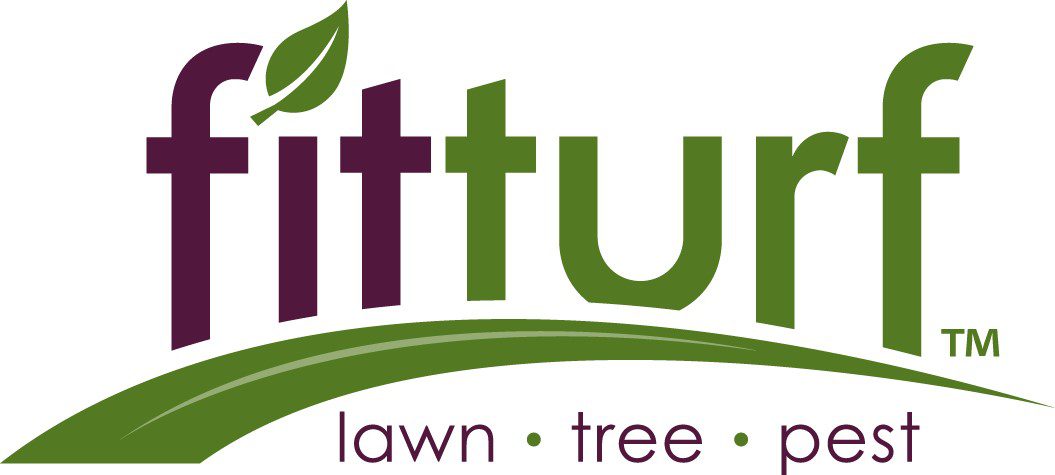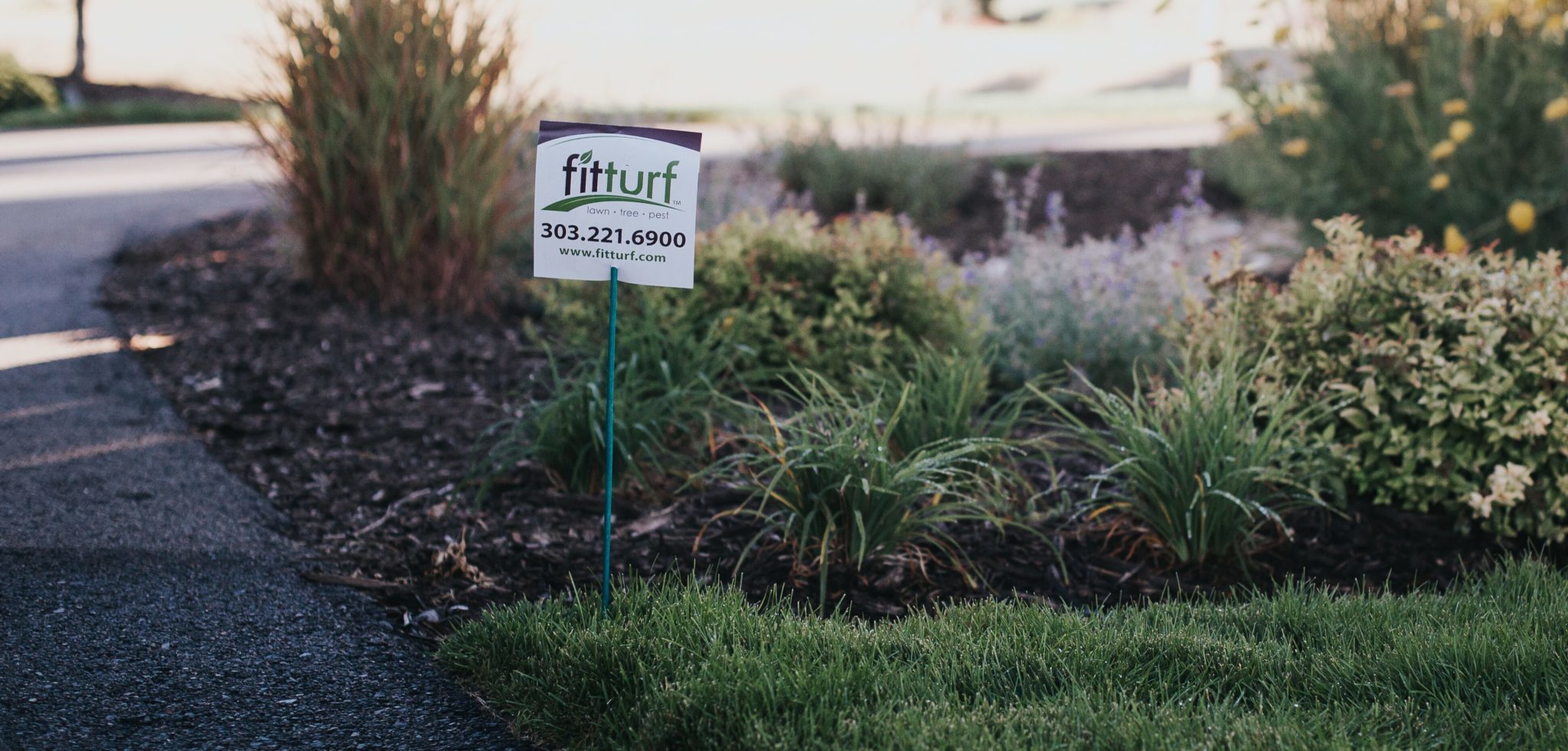What’s Causing Brown Spots in My Lawn?

Noticing an excess of ugly, dead brown spots on your grass? Visit FitTurf.com to learn what causes these brown spots and how to treat brown spots in your lawn.
What’s Causing Brown Spots in My Lawn?
Cold-weather region inhabitants are used to brown lawns during the dormant months of late winter and early spring. It is quite another thing to notice brown spots in summer when the other areas of the yard are thriving. Identifying what is causing these annoying spots can be half the battle.
What Causes Brown Spots on Lawns?
Brown spots are not unique. In fact, they affect all types of cool-season grasses, including Kentucky bluegrass, rye, fine and tall fescue — all common grasses in Metro-Denver and Metro-Detroit areas. These spots can be caused by several factors, including grubs, fungal problems, dog urine and overgrown thatch. Not sure what is bringing on the brown in your yard? Read on or contact Fit Turf to schedule a free consultation.
Brown Spots Caused by Fungus
Certain fungal problems, such as Rhizoctonia, can affect all cool-season grasses. Brown patch, as this fungus’ damage is called, causes brownish-yellow patches that can be anywhere between 6 inches and several feet in diameter. Fungi love rainy, humid weather as well as low sun and poor air circulation. They are most active during the mid-to late-summer hot and humid weather conditions. You can reduce your chances of fungus by adhering to lawn care best practices, such as not watering too much and regular aeration.
Could I Have Grubs?
Grubs, the larvae of scarab beetles, can cause a double whammy of damage — both by the animals digging around in your yard for a quick grub meal, as well as by the grubs themselves. How can you tell if you have grubs? Grass that has been damaged due to grubs can easily be pulled up because of the root damage: When yanked, it will peel up easily. You will also notice sizeable white larvae in the soil underneath your grass. Think you may have grubs? This is a job for the experts at Fit Turf. We offer comprehensive grub prevention and control services in the greater Detroit, MI and Denver, CO areas. Contact us today for an estimate.
Dog Urine Burns
A regular dousing of your grass with urine from dogs or other animals can leave brown spots. Although urine is high in nitrogen, a grass fertilizer, too much of a good thing is, well, too much. Excess nitrogen can result in telltale brown spots. Chances are, you’ll recognize the telltale signs of urine burn by putting two and two together. Pulling on the affected area can also give you a good indication of urine burn: If the grass is firmly rooted, it is likely urine burn. Stressed yards, such as newly-laid sod, drought-stressed grass and newly seeded yards, are more susceptible to urine burns. The easiest way to get rid of urine burns is to prevent it — divert Fido elsewhere, or spray off the area immediately after your dog relieves himself.
Overgrown Thatch
Thatch is the naturally occurring layer of mostly dead turfgrass and includes leaves, stems and roots that have not decomposed. Between 1/2″ to 3/4″ of thatch is all right; however, if this layer gets too thick, it can block necessary nutrients. If you have an overgrown case of thatch, you can dethatch by raking or by renting a motorized dethatcher. One way to prevent thatch is through regular aeration. Fit Turf’s aeration services help improve the air flow in your yard, thus preventing overgrown thatch. Contact us today for more information about how aeration can work for you and your yard.
Still unsure about what exactly is causing the brown spots in your yard? The experts at Fit Turf can help. We’ve seen it all, and we can quickly and easily diagnose your brown spot burdens. Contact us today for an evaluation, and get your yard back on track — and on color.


